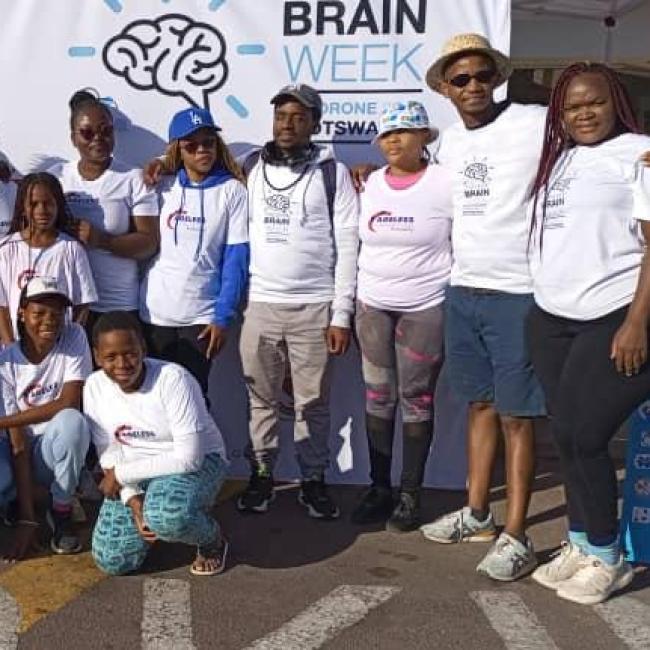BurstDR spinal cord stimulation rebalances pain input and pain suppression in the brain in chronic neuropathic pain
Brain Stimul. 2023 Jul-Aug;16(4):1186-1195. doi: 10.1016/j.brs.2023.07.058. Epub 2023 Aug 2.
ABSTRACT
OBJECTIVE: Chronic pain is processed by at least three well-known pathways, two pain provoking pathways including a medial 'suffering' and lateral 'painfulness' pathway. A third descending pain pathway modulates pain but is predominantly inhibitory. Chronic pain can be seen as an imbalance between the two pain-provoking and the pain inhibitory pathways. If this assumption is correct, then the imbalance between pain input and pain suppression should reverse and normalize in response to successful, i.e., pain reducing burstDR spinal cord stimulation, one of the current treatment options for neuropathic pain.
MATERIALS AND METHODS: Fifteen patients, who received spinal cord stimulation for failed back surgery were included in this study, using source localized electrical brain activity and connectivity recording via EEG to identify the purported imbalance.
RESULTS: BurstDR spinal cord stimulation induces a significant change in EEG activity in both the left and right somatosensory cortex (SSC) for both θ and γ oscillations. In the dorsal anterior cingulate cortex (dACC), we observed a significant drop in both α and β oscillations. This reduction is accompanied by a change in pain intensity and suffering. BurstDR spinal cord stimulation is also associated with a reduction in θ at the pregenual anterior cingulate cortex (pgACC). Analyzing effective connectivity indicates that for the θ band, more information is sent from the pgACC to the left and right SSC. For α, increased information is sent from the pgACC to the dACC and both the left and right SSC. This is associated with a reduced θ-γ coupling in the SSC and reduced α-β coupling in dACC.
CONCLUSION: This study suggests that chronic pain is indeed an imbalance between the ascending and descending pathways in the brain and that burst spinal cord stimulation can normalize this imbalance in the brain.
PMID:37541579 | DOI:10.1016/j.brs.2023.07.058





